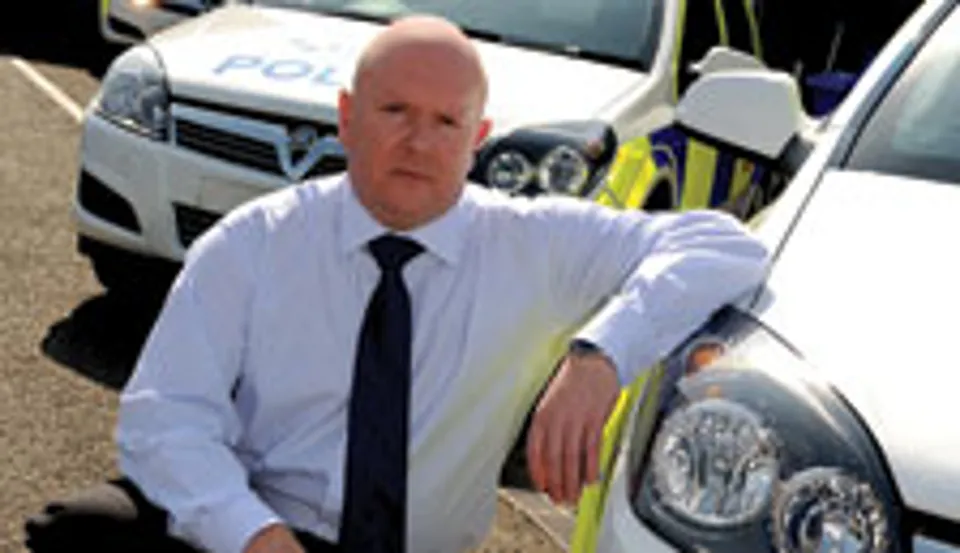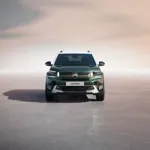Most of the cutbacks are not front-line, but the savings will be significant – 10% of capital costs this year alone.
Key to ensuring high utilisation are the five workshops. Emphasis is on speed of turnaround.
The largest facility at Bicester, Oxfordshire, handles all new and old vehicles for any necessary refurbishment and end-of-contract valuations. That frees up the other four workshops to focus on service, maintenance and repair.
Those workshops also offer a source of revenue – CTC carries out all its own warranty work for the Vauxhalls, which make up 70% of its fleet.
It acts as a dealership and charges Vauxhall for the work. It also carries out MoTs for the public and some SMR work for neighbouring fleets.
“The income – around £1.5 million a year – is offset against our charges, which makes the cost of vehicles cheaper for our member forces,” Sloan says.
As forces nationwide start to move ever closer to shared resources and standardisation, Chiltern Transport Consortium provides an obvious blueprint for others to follow.
Not surprisingly, it has received a number of enquiries from other constabularies and does not rule out more forces joining its operation.
“We are working on a project with a neighbouring force that might end successfully,” Sloan says.
“But other forces could also tweak what we do for themselves. No-one’s done it yet, but the potential is there – we won’t see many forces standing alone in the future unless they are pretty big.
“There’s a national push towards standardisation and that is gathering pace.”
Behind the scenes: How CTC works
A Memorandum of Understanding which lays out the ground rules about vehicle mix and level of choice has been signed by each force’s chief constable.
Each vehicle type – eg. patrol car, pursuit, pool – has a fixed vehicle choice which has been decided by the consortium board, made up of members from each force (including directors of resource and chief superintendent).
The standard beat car is a Vauxhall Astra 1.3 CDTi five-door hatch, for instance.
Four representatives from each force make up the CTC board, and each has equal authority irrespective of the size of their fleet, which ranges from Thames Valley’s 1,170 vehicles to Civil Nuclear’s 90.
The chairman of the board changes annually, with each force given the opportunity to chair.
Sloan's six-point action plan
1 Reduce costs
2 Provide resilience and depth of fleet management skills
3 Share best practice across forces
4 Share resources and vehicles
5 Standardise model options for each vehicle classification
6 Monitor and reduce the environmental impact of the fleet

















Login to comment
Comments
No comments have been made yet.